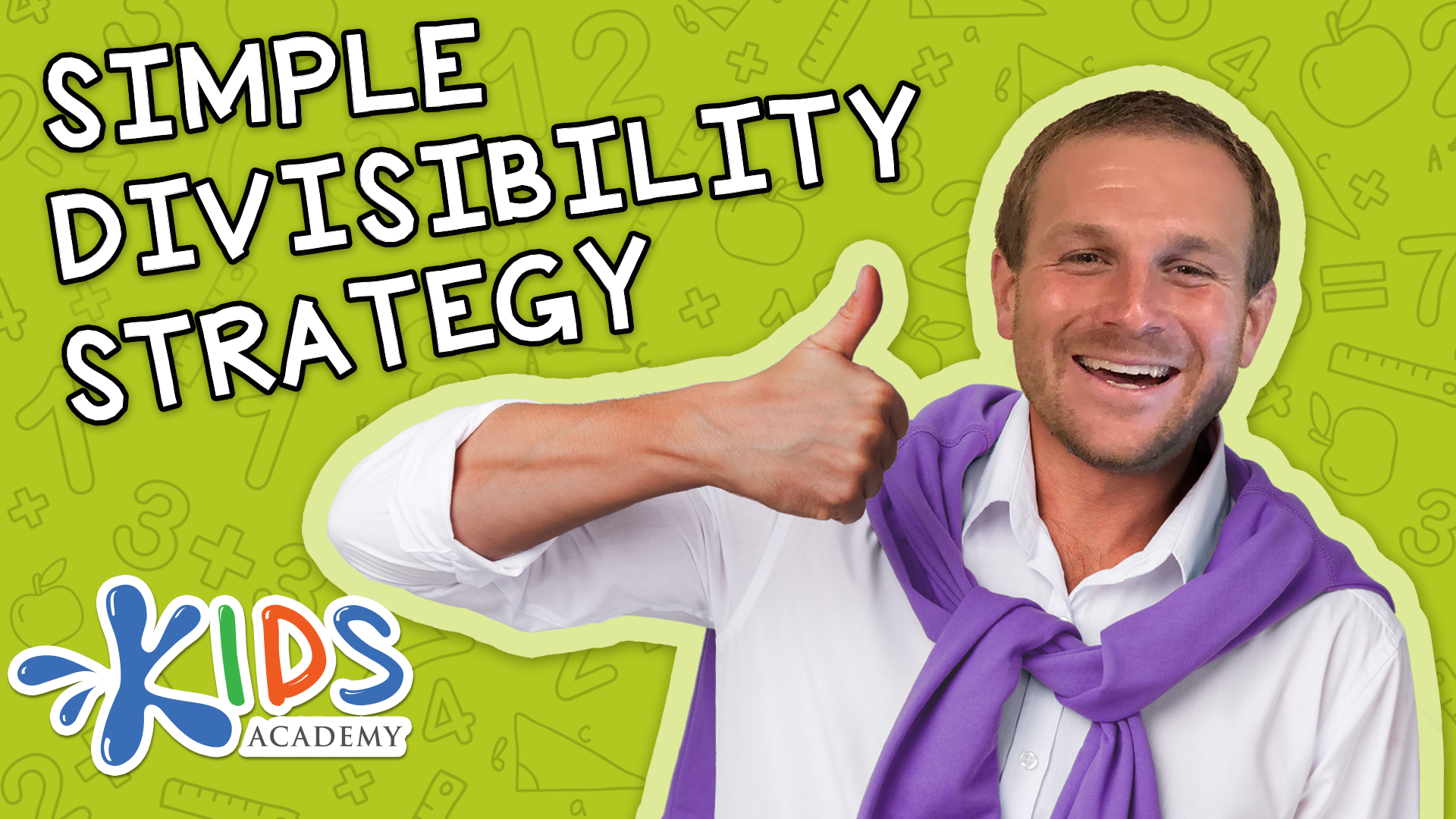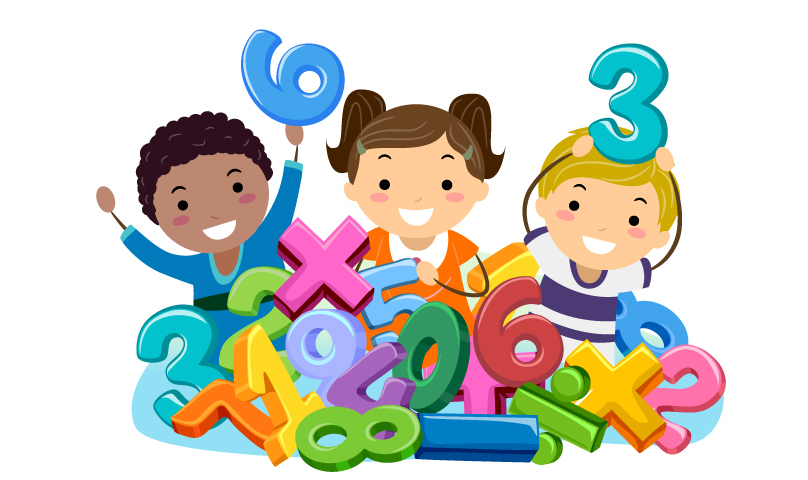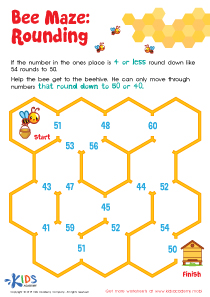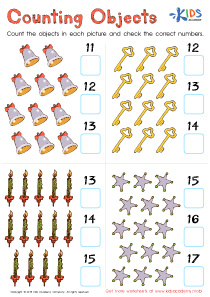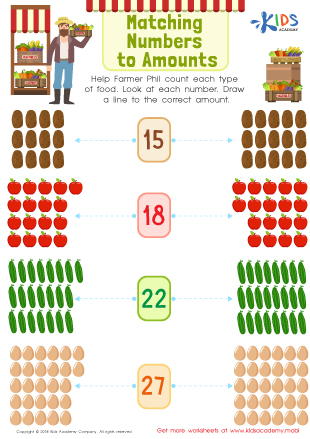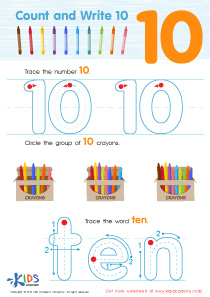Animal recognition Normal Numbers 0–10 Worksheets for Ages 4-7
3 filtered results
-
From - To
Discover our engaging "Animal Recognition Normal Numbers 0–10 Worksheets" designed for children ages 4 to 7! These worksheets combine the fun of learning about animals with foundational math skills, helping young learners recognize numbers while exploring the animal kingdom. Each worksheet features vibrant illustrations and interactive activities to captivate children’s attention, making learning both enjoyable and effective. Perfect for homeschooling, preschool, or supplementing classroom activities, these resources promote critical thinking and number recognition. With a balance of educational content and fun animal themes, your child will develop essential skills in a playful and creative way. Get started today and watch your little learner thrive!
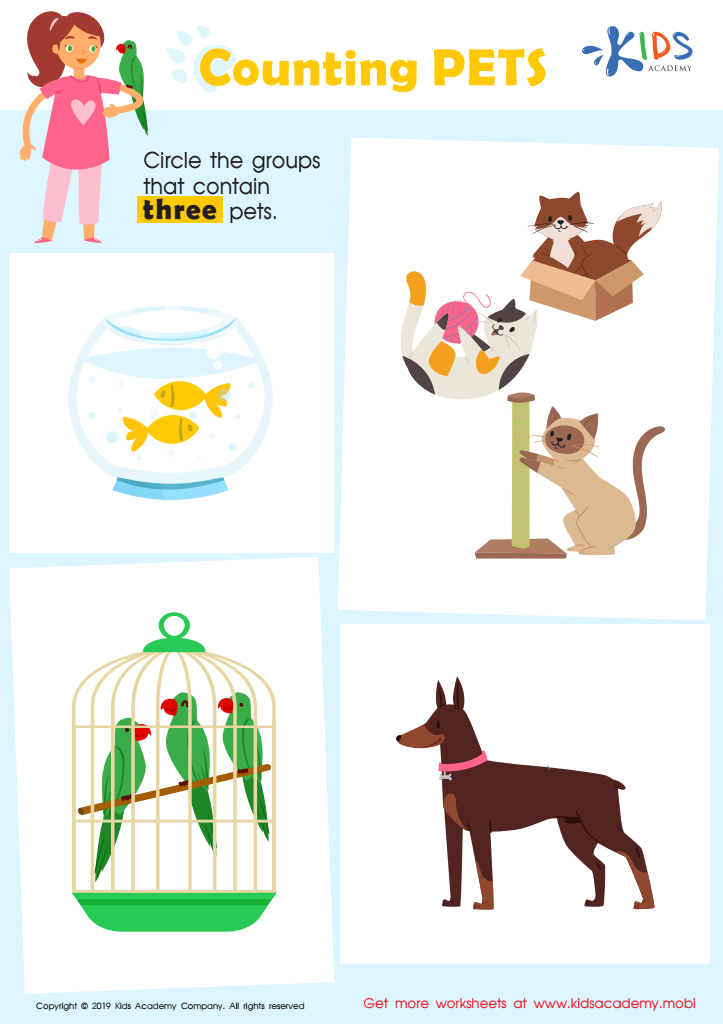

Counting Pets Worksheet


Counting Sea Animals Worksheet
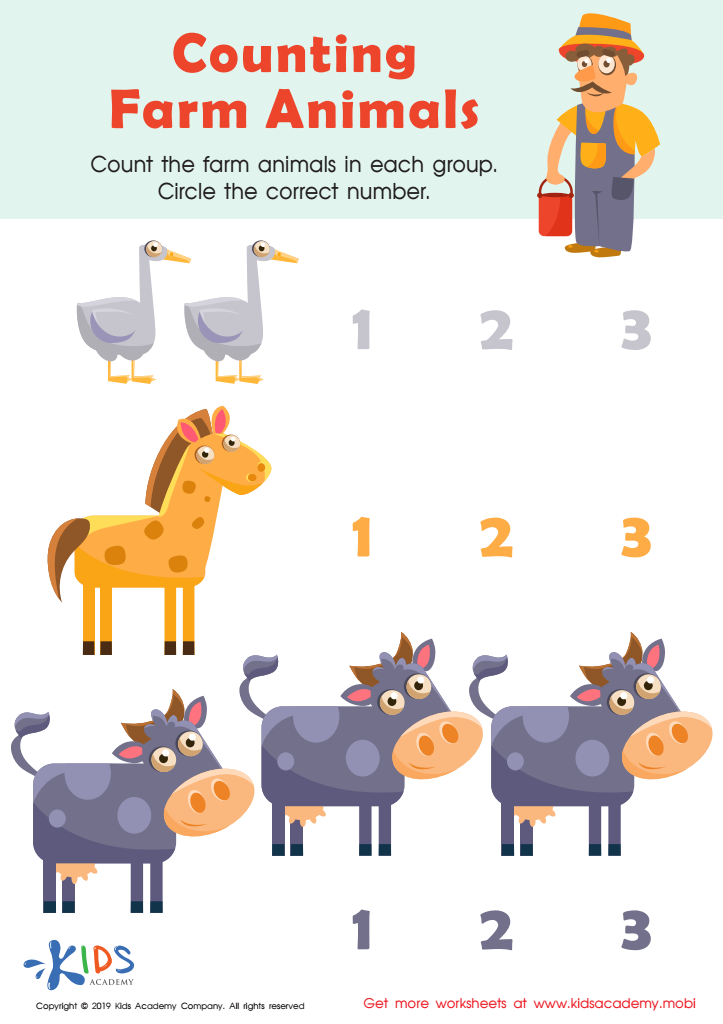

Counting Farm Animals Worksheet
Understanding animal recognition and normal numbers 0-10 plays a crucial role in early childhood development for children aged 4-7. First, recognizing animals engages children's natural curiosity and interest in the world around them. This knowledge can foster a love for learning while enhancing vocabulary and communication skills as children describe animals and discuss their traits.
Moreover, incorporating animals with numerical values helps to build foundational math skills. It introduces concepts such as counting, one-to-one correspondence, and basic addition or subtraction in a relatable context. For instance, counting how many animals are present allows children to practice their numbers in a fun and engaging way.
This dual focus on animal recognition and numerals not only nurtures cognitive skills but also supports social-emotional development. Learning about animals can spark empathy and responsibility, as children may develop interest in caring for pets and protecting wildlife. Furthermore, group activities involving animal themes—like counting animals during storytime or sorting them by characteristics—promote teamwork, sharing, and listening skills.
In summary, prioritizing animal recognition and number skills enhances children's cognitive abilities, language development, and emotional intelligence, equipping them for future success in school and life.
 Assign to My Students
Assign to My Students




